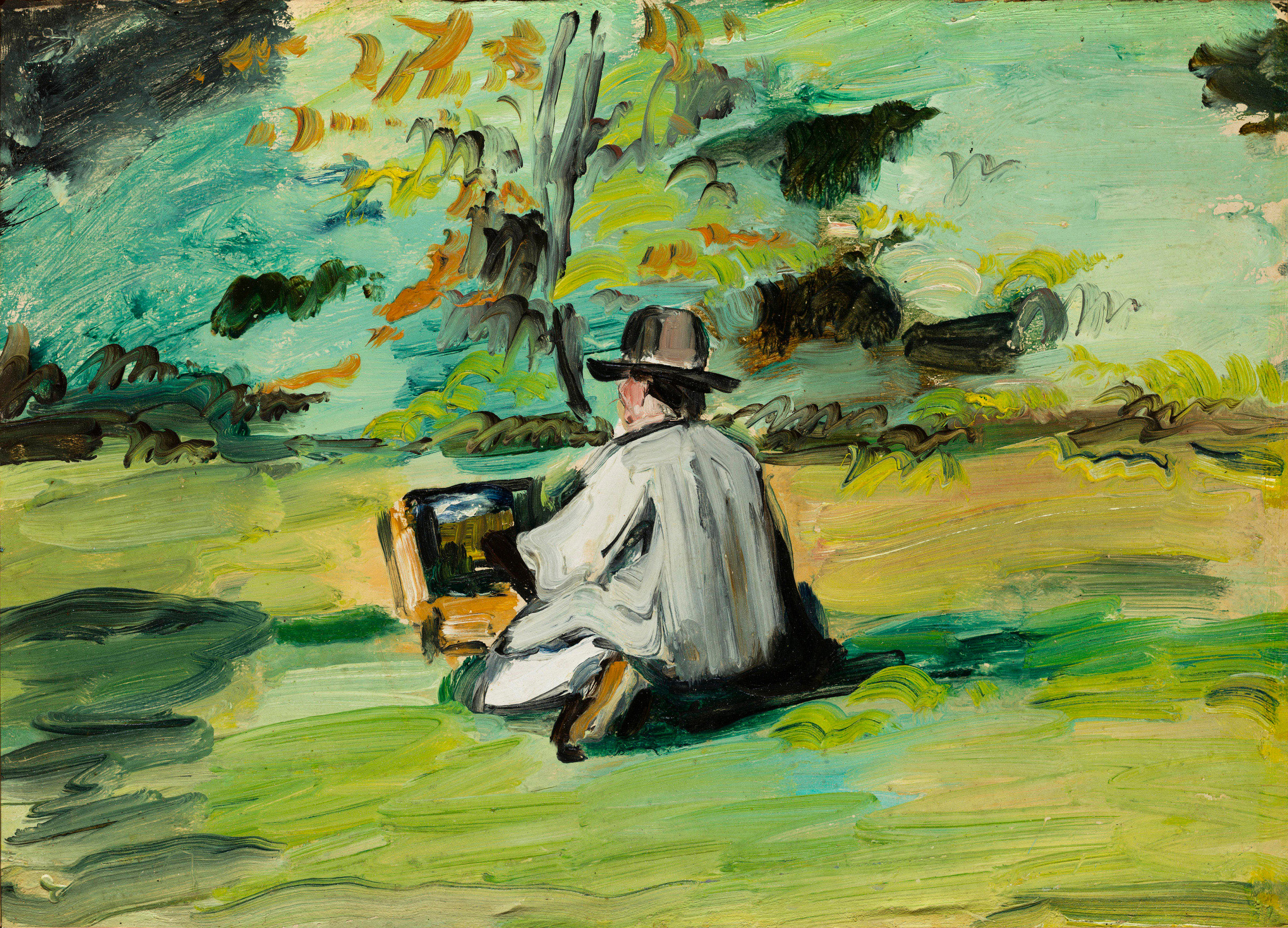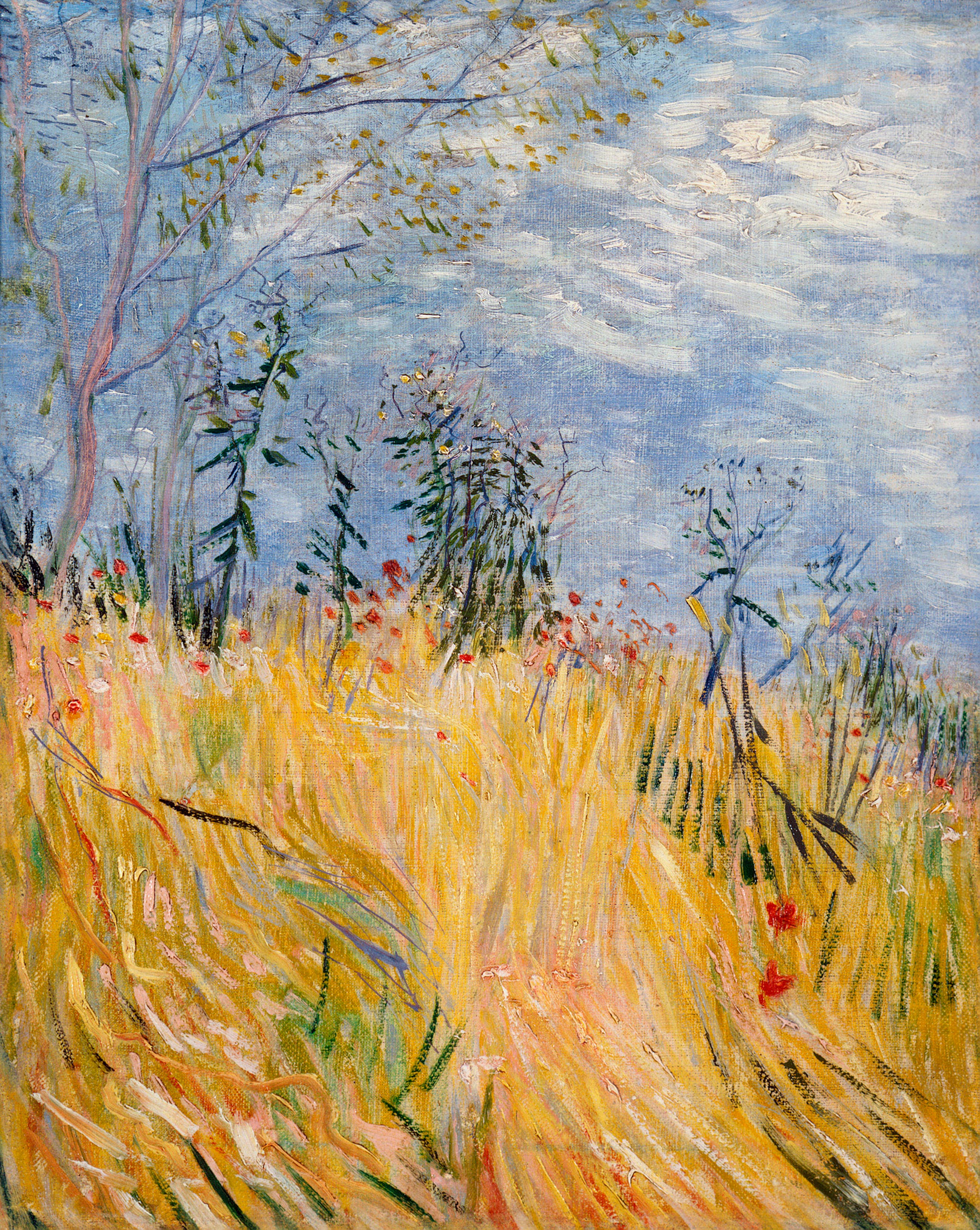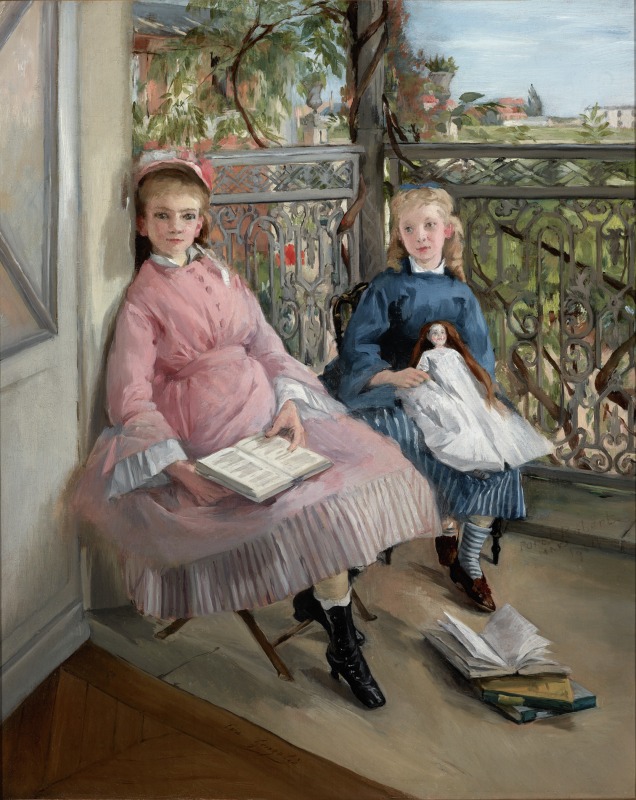Denver — Jan. 5, 2021 — The Denver Art Museum (DAM) in February will present a significant selection of European and American art from the 19th century in The 19th Century in European and American Art. About 85 artworks from the museum’s own holdings will be on view in new galleries designed for these works, including paintings, sculptures and works on paper by, among others, Claude Monet, Vincent van Gogh, Berthe Morisot, Edgar Degas, Paul Cézanne, Édouard Manet, Willard Leroy Metcalf, Pierre-Auguste Renoir, William-Adolphe Bouguereau, Thomas Cole, and Childe Hassam. Curated by Angelica Daneo, the museum’s Chief Curator and Curator of European art before 1900, the exhibition will present a selection of works ranging from the late 1700s through the early 1900s, highlighting a pivotal century in art history and the rise and development of artistic directions from academicism and realism to impressionism. Opening on February 7, 2021, the exhibition will be on view on Level 2 of the Hamilton Building.

Paul Cézanne, A Painter at Work, about 1874-75. Oil paint on panel. Frederic C. Hamilton Collection, bequeathed to the Denver Art Museum. 28.2017.
Visitors to this exhibition will recognize some of their favorite works like Degas’ Dance Examination, A Painter at Work by Paul Cézanne, The Lesson in the Garden by Berthe Morisot, Edge of Wheat Field with Poppies by Vincent van Gogh, The Ten Cent Breakfast by Willard Leroy Metcalf and The Window by Éva Gonzalès. Gallery installation will include bilingual artwork labels, interpretive elements and content designed to engage visitors of all ages and backgrounds
We are thrilled to share narratives about the radical changes that took place in 19th century Europe and America through these masterworks from our collection. The addition of the Frederic C. Hamilton collection enables us to tell new stories, and do so in the building that Mr. Hamilton helped bring to reality for Denver.

Vincent van Gogh, Edge of Wheat Field with Poppies, 1887. Oil paint on canvas on pasteboard. Frederic C. Hamilton Collection, bequeathed to the Denver Art Museum. 35.2017.
Bequeathed to the Denver Art Museum in 2014, the 22-piece Frederic C. Hamilton collection will be a key feature of The 19th Century in European and American Art, including four works by Claude Monet as well as the first pieces by Vincent van Gogh and Paul Cézanne to enter the museum’s collection. All 22 of the works from this transformative gift will be on view in the exhibition.
The 1800s were a pivotal time in Europe and America, marked by incredible change and upheaval. Complex and contradictory, these 100 years witnessed the tension of opposing forces, which will be explored in the installation. The industrial revolution happened alongside the exaltation of unspoiled nature; political revolutions alternated with the restoration of conservative regimes; and in art, the century began with a fixation on antiquities and ended with a march toward abstraction, a shift so groundbreaking that there is hardly any comparison with centuries past.
The 19th Century in European and American Art exhibition is organized into six sections, featuring mainly French paintings and, in particular, landscapes, accompanied by portraiture and still life works. One section will present works from the early 19th century, highlighting the pivotal years in art and history following the French Revolution of 1789. The works on view in this section will reveal a departure from the classical landscapes of the 1700s, centered on harmony and balance, and a shift toward individual emotional reactions. Artists began to portray nature as alternately moody or intimate, at times grand and sublime, independent and yet subject to the artist’s personal state of mind and heart.

Eva Gonzalès, The Window (La Fenêtre), about 1865–70. Oil paint on canvas; 21 7/8 x 18 7/8 in. Denver Art Museum: Painting and Sculpture Department acquisition funds with additional funds from Friends of Painting and Sculpture, 2017.131.
Another section will highlight works by artists who sought more realism, in particular, the Barbizon School, which consisted of the French artists who painted in the Forest of Fontainebleau near the village of Barbizon. Easily reached from Paris, this area offered painters the opportunity to study nature directly, translating it onto canvas without the need to embellish or improve it. Their search for realism and disdain for stifling artistic conventions is also apparent in their technique: freer, looser and more dependent on the effects of color than on the definition of the line. The French impressionists, including Monet, pushed these ideas even further and sought to continue to observe nature directly and paint its real, unadorned appearance in the second half of the 1800s. Inspired to paint modern life around them rather than imagined scenes of a mythological past, the impressionists embraced modernity and the changing landscapes of their times.
Inviting criticism from the conservative Académie des Beaux-Arts (School of Fine Arts) that favored grand and historical themes, the impressionists’ subjects included factory smokestacks, Parisians dressed in the latest fashions and ordinary people from the countryside. Painting was forever changed with the impressionist technique of loose brushstrokes on mostly unprimed canvases without the polished definition so revered by the Academicians
Never before has the DAM presented such a large portion of its 19th century artworks. In the history of art this is such a crucial century. As visitors will experience, the 1800s were characterized by the pull of opposites: city development and urbanization coexisted with the rediscovery of nature; conservative art academies fought with progressive artists about what qualified as art; and the debate over the priority of line or color in painting translated to a visual competition between highly finished and sketchy surfaces. We are delighted to be able to present to our visitors an exhibition that shows the 19th century’s dramatic arc of stylistic changes and the contribution of so many artists to the foundations of the 20th century.
The interpretives in this presentation are designed to engage and enrich the gallery experience for visitors of all ages and backgrounds. Expanded labels including fully bilingual content, as well as additional context for kids, families and adults will be presented alongside artworks throughout the gallery.
The 19th Century in European and American Art will be included in general admission, free for youth 18 and under and free for members. Upon opening, please check the museum’s website at denverartmuseum.org for the museum’s latest ticketing policies and procedures. Those sharing content on social media are encouraged to use #MasterpiecesatDAM.
About the European and American Art Before 1900 Department
The department of European and American art before 1900 oversees a collection that includes more than 3,000 artworks and is composed of painting, sculpture and works on paper, with significant strengths in early Italian Renaissance, 19th century French painting, and British art from 1400 to 1900.
The Denver Art Museum began acquiring notable examples of European art as early as the 1930s, with donations from Samuel H. Kress, Mr. and Mrs. Simon Guggenheim, and the Havemeyers, to name a few. Their generosity helped initiate a collection that grew in time through gifts and purchases.
The DAM Media Resources
- Online Newsroom: www.denverartmuseum.org/press
- Facebook: www.facebook.com/denverartmuseum
- Twitter: www.twitter.com/denverartmuseum
- Instagram: www.instagram.com/denverartmuseum/
- Pinterest: www.pinterest.com/denverartmuseum
The Denver Art Museum
The Denver Art Museum is an educational, nonprofit resource that sparks creative thinking and expression through transformative experiences with art. Its holdings reflect the city and region—and provide invaluable ways for the community to learn about cultures from around the world. Metro residents support the Scientific and Cultural Facilities District (SCFD), a unique funding source serving hundreds of metro Denver arts, culture and scientific organizations. For museum information, call 720-865-5000 or visit www.denverartmuseum.org.
# # #
Image Credit Lines
- Image 1: Paul Cezanne, A Painter at Work (Justin Gabet?), about 1874-75. Oil paint on panel; 9-1/4 x 13-1/4 in. Frederic C. Hamilton Collection, bequeathed to the Denver Art Museum, 28.2017.
- Image 2: Vincent van Gogh, Edge of Wheat Field with Poppies, 1887. Oil paint on canvas on pasteboard; 15-3/4 x 12-3/4 in. Frederic C. Hamilton Collection, bequeathed to the Denver Art Museum, 35.2017.
- Image 3: Éva Gonzalès, The Window, about 1865-1870. Oil paint on canvas; 21 17-1/8 in. Denver Art Museum, Purchased with Painting and Sculpture Department acquisition funds with additional funds from Friends of Painting and Sculpture, 2017.131.
